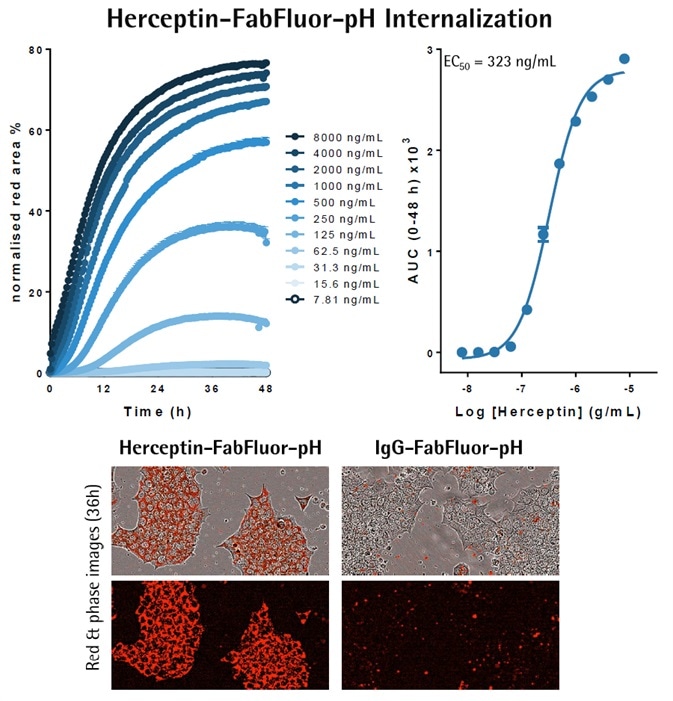
Since this initial report, molecular clones based upon genotype 1a and 2b isolates have been produced ( Li et al., 2012, 2014b Ramirez et al., 2014 Yi et al., 2006), as well as numerous intergenotypic chimaeric JFH-1 viral genomes ( Gottwein et al., 2009 Li et al., 2014a Steinmann et al., 2013) all of which are infectious in cell culture models.Ĭell culture-derived HCV titres are generally measured in either focus-forming units per millilitre (FFU/mL) (reviewed in ( Yi, 2010)) or through calculation of the 50% tissue culture infective dose (TCID 50) ( Reed and Muench, 1938).

However, identification and characterisation of the genotype 2a JFH-1 strain, which both efficiently replicates its genome and releases infectious viral particles, greatly accelerated laboratory research and subsequently allowed study of the entire viral life cycle ( Wakita et al., 2005). Until 2005, HCV research was significantly hampered by an inability to recapitulate the full infectious cycle of the virus in cell culture systems. Additionally, basic research upon HCV remains a priority as the primary focus gradually shifts towards vaccine development. Although potent direct-acting antivirals have recently become available, the high cost of treatment and an unpredictable level of viral resistance, which may emerge following therapy on a wide scale, indicate that this virus will continue to exert a significant health and economic burden for the foreseeable future. Hepatitis C virus (HCV) is estimated to infect approximately 170 million people worldwide ( Mohd Hanafiah et al., 2013) and is the major causative agent of non-alcoholic liver disease, hepatocellular carcinoma and liver transplants in the developed world. We also demonstrate that this approach is amenable to high-throughput compound screening, thereby expediting the identification of novel antivirals. This method reduces cost, time and error in experiments. Here, we report a novel protocol, which utilises the IncuCyte ZOOM instrument and related software to accurately count infected cells and extrapolation of this data to produce an infectious titre, reported as infectious units per millilitre (IU/mL).


Current methods rely upon manual counting of infected cell foci and so are both labour-intensive and susceptible to human error. Thus, a fast, efficient and accurate method of measuring infectious viral titres is highly desirable. An infectious molecular clone capable of replicating and releasing infectious virions in cell culture has only been available since 2005, leaving a significant knowledge gap concerning post-RNA replication events such as particle assembly, trafficking and release. Hepatitis C virus (HCV) is a significant human pathogen infecting 3% of the world population.


 0 kommentar(er)
0 kommentar(er)
